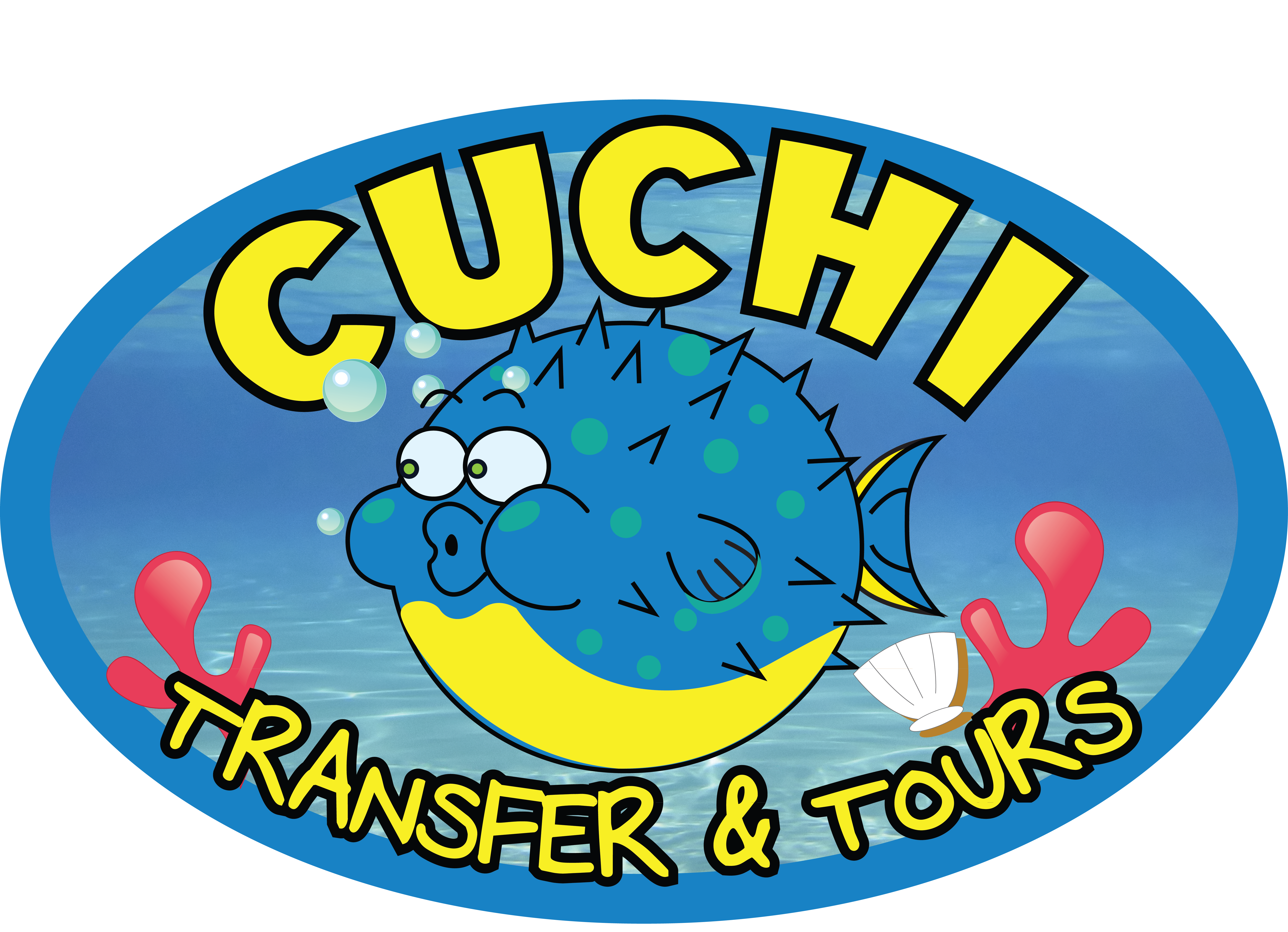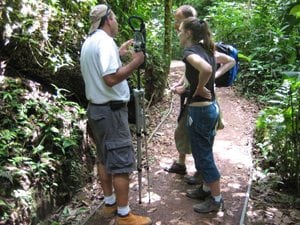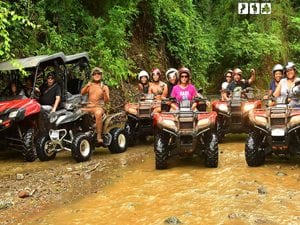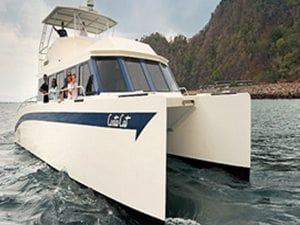Manuel Antonio National Park
The park’s popularity has led to development of the surrounding areas, with environmental impacts to nearby forests and beaches.. The Pacific Ocean in front of Manuel Antonio National Park is also world renowned for its fishing. From November to April it is not uncommon for a typical angler to release multiple billfish in the over 100 pound range.
Manuel Antonio is the most visited national park in Costa Rica, attracting over 250,000 people each year to its wide beaches and troops of monkeys that frequent the area. The park consists of mangrove swamps, primary rain-forests and marshy woodlands and is bordered by the clear waters of the Pacific Ocean. It is a haven for over 100 mammal species including the highly endangered squirrel monkey.

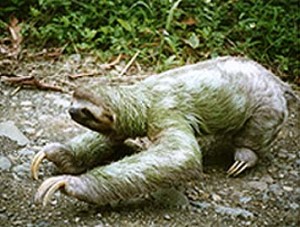
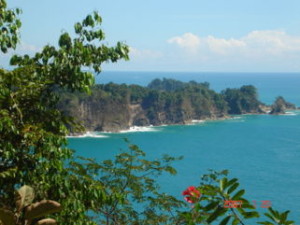
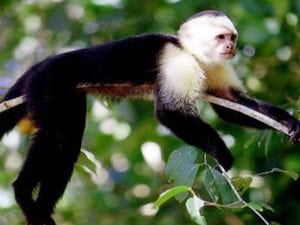
Costa Rica Manuel Antonio National Park
Manuel Antonio National Park, in Spanish the Parque Nacional Manuel Antonio, is a small National Park in the Central Pacific Conservation Area located on the Pacific coast of Costa Rica, just south of the city of Quepos, Puntarenas, and 132 km (82 mi) from the national capital of San Jose. Tour Details
Tour Price: $ 95 per person
Includes: Private Transportation with A / C, bilingual guide, entrance to the national park, and typical lunch.
 Established in 1972 with an area enumerating 4,014 acres (16.24 km2) (the smallest of any Costa Rican national park), it is the destination of as many as 150,000 visitors annually and is well known for its beautiful beaches and hiking trails.
Established in 1972 with an area enumerating 4,014 acres (16.24 km2) (the smallest of any Costa Rican national park), it is the destination of as many as 150,000 visitors annually and is well known for its beautiful beaches and hiking trails.
In 2011, Manuel Antonio was listed by Forbes among the world’s 12 most beautiful national parks. Beaches Four beaches are contained within the limits of the park: Manuel Antonio, Espadilla Sur, Teldoro, and Playita. With their large light sand beach, it is easy to see why they attract beachgoers of all ages. The first is separated from the second by a “tombolo,” or natural land bridge formed by sand accumulations. Visitors may enjoy a roughly hour-long hike from Espadilla to the top of Punta Catedral (100 m).
Both Manuel Antonio and Espadilla Sur contain tidal pools and offer the possibility of snorkeling. There is a lifeguard program, but precautions must be taken as riptides occur.
Biodiversity Although Manuel Antonio National Park is Costa Rica’s smallest national park, the diversity of wildlife in its 6.83 km2 (3 sq mi) is unequaled, with 109 species of mammals and 184 species of birds.
Both Brown-throated Three-toed Sloth and Hoffmann’s Two-toed Sloth (perezosos) are significant features, as are three of Costa Rica’s four monkey species at the Mantled Howler monkey, Central American Squirrel Monkey, and White-headed Capuchin monkey.
Black Spiny-tailed Iguana, Green Iguana, Common Basilisk, White-nosed Coati, and many snake and bat species are also common in the park. Dolphins can be observed there, as well as the occasional migrating whale. Scuba diving, snorkeling, sea kayaking, mountain biking, and hiking provide opportunities to experience the tropical wildlife that enriches Manuel Antonio. Manuel Antonio is Costa Rica’s second most visited park, behind the Poas Volcano National Park, which lies very close to San Jose, the country’s largest urban area.
The park has white sand beaches ideal for swimming, and forest trails snake along the coast to breathtaking lookout points. The area is one of the best places in the country for viewing wildlife.
The local association of licensed tour guides is located just outside the park entrance. Visitors can hire their own naturalist guide for around $20 per person to tour the national park, a great deal considering the guides are well-versed in native flora and fauna, and the income helps support the local economy.
There are several islands within the park’s boundaries that serve as important nesting grounds for birds like the brown booby, frigate bird, and anhinga. The shores are also occasional nesting grounds for Olive Ridley and Pacific green turtles. The park is accessed by crossing the Camaronera stream, which varies in depth from ankle to knee deep. Visitors can opt to take a water taxi across this stream (for $1) or hop along the rocks as the stream is passable, even at high tide.
Monteverde Guide Tour
ATV Tours
Tortuga Island Tour
